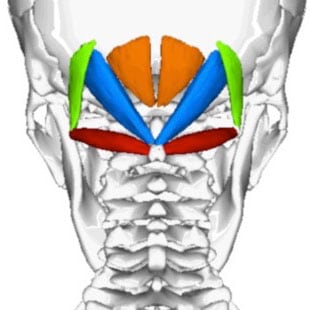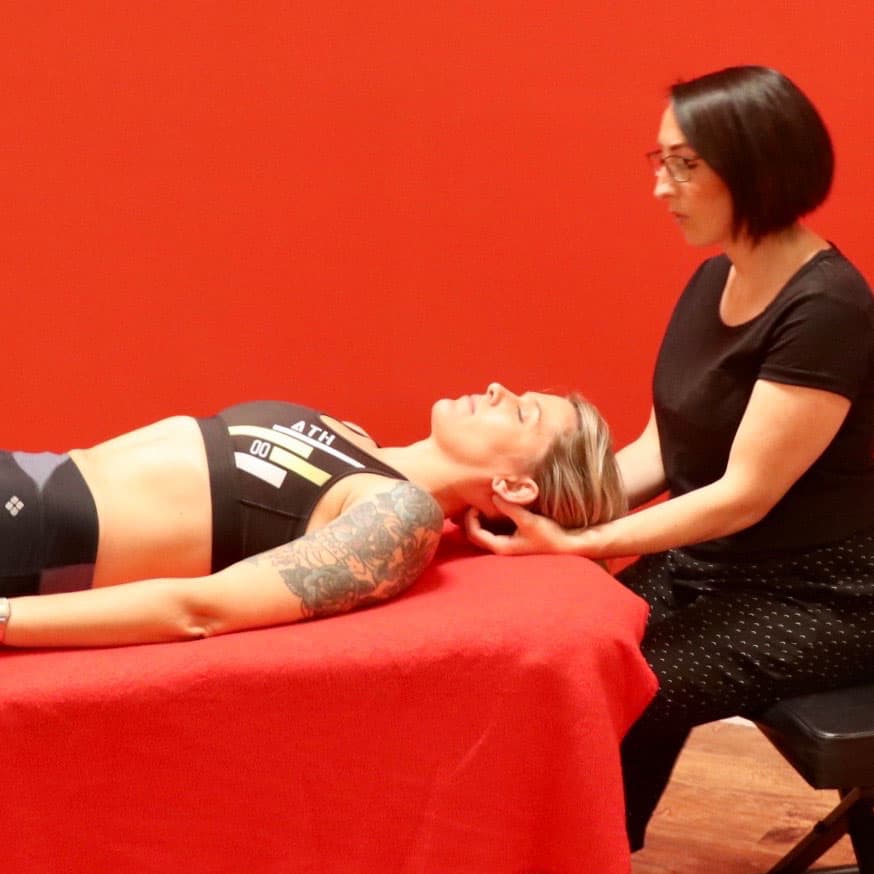I love writing my Friday facts and love these group of muscles, but this Friday fact has been a challenge, keeping it short and trying not to go too far down the rabbit hole. This subject will lead to a longer article.
Today’s Friday fact is on a beautiful group of four paired muscles at the base of your skull, called the Sub Occipitals.
These muscles are small but important; they initiate and control fine movements.
They contain a high density of muscle spindles making proprioception an important function of these muscles, monitoring the position of the head and upper cervical vertebrae. Letting you know where your head is in space. They also help with head, and eye coordination, dysfunction and shortness in these muscles can affect balance as well as linked to tension headaches. When you are staring at your computer screen and go to lift your head, these are the muscles that get overworked.
The four muscles starting from the midline of the skull are:
– Rectus Capitis Posterior Minor
– Rectus Capitis Posterior Major
– Obliquus Capitis Superior
– Obliquus Capitis Inferior.


They collectively act to extend, protract and laterally flex the head. The Obliquus Capitis inferior creates ipsilateral rotation of the head (rotation to the same side).
In clinical practice, I have found that these muscles are often associated or interlinked with temporomandibular joint dysfunction and need to be treated when treating pain and dysfunction of the jaw and vice versa. Studies show that the jaw muscles and sub occipitals function together and dysfunction together.
Place your finger pads along the back of your neck just below your hairline, just under the shelf of the occiput. Without moving your head, move your eyes up and down and then side to side and feel these muscles responding under your finger pads. Now with your fingers still in the same place, imagine you are staring intently at your computer screen, can you feel these muscles react? Soften your gaze and feel these muscles relax a little.
Here is an extra piece if you want to go a little further down the rabbit hole:
Recent literature describes soft-tissue communications which link the suboccipital muscles with the cervical dura mater, (dura mater is a thick membrane made of dense irregular connective tissue that surrounds the brain and spinal cord). These myodural communications may be part of a system that monitors dural tension during head and neck movements.

